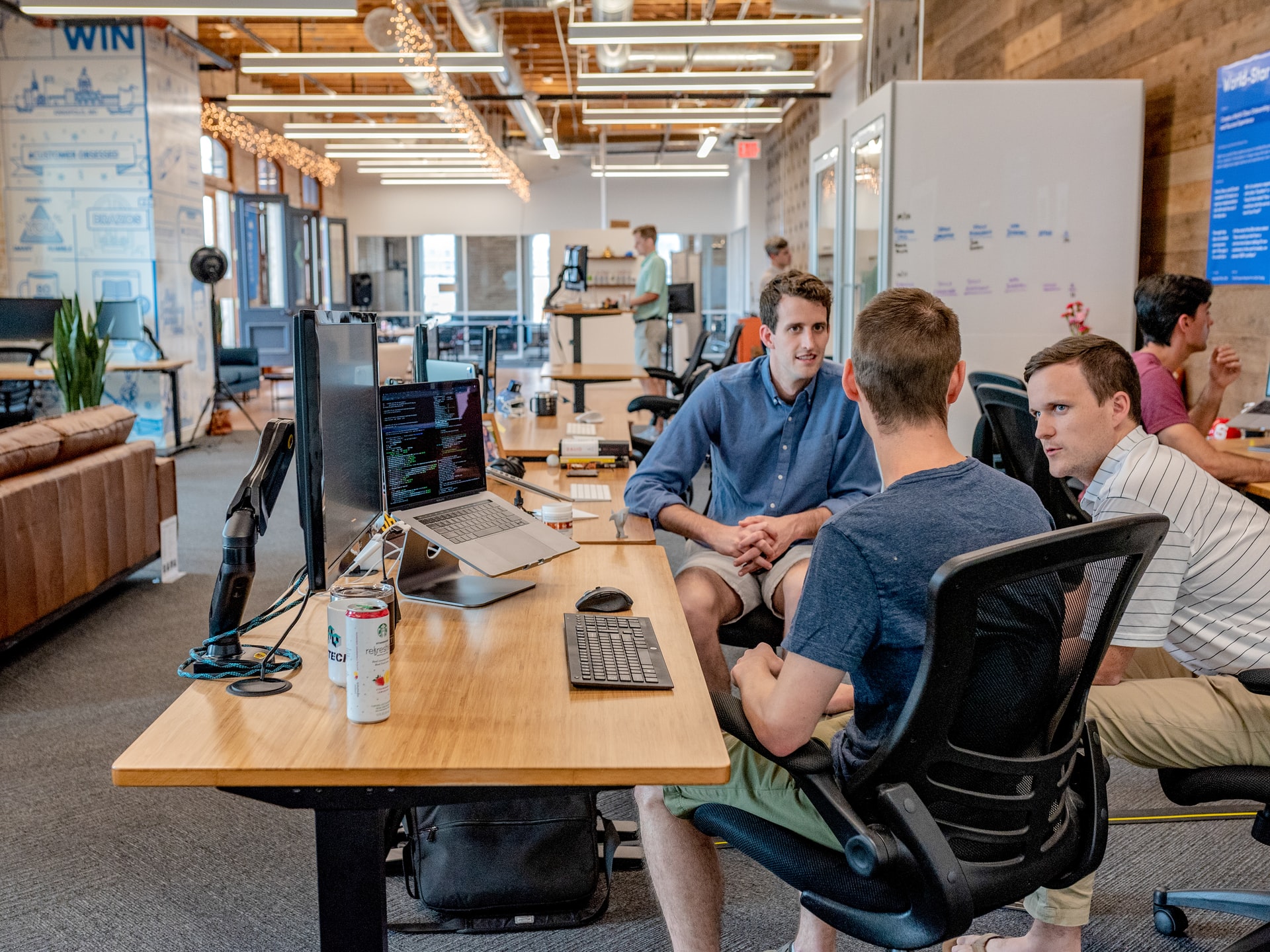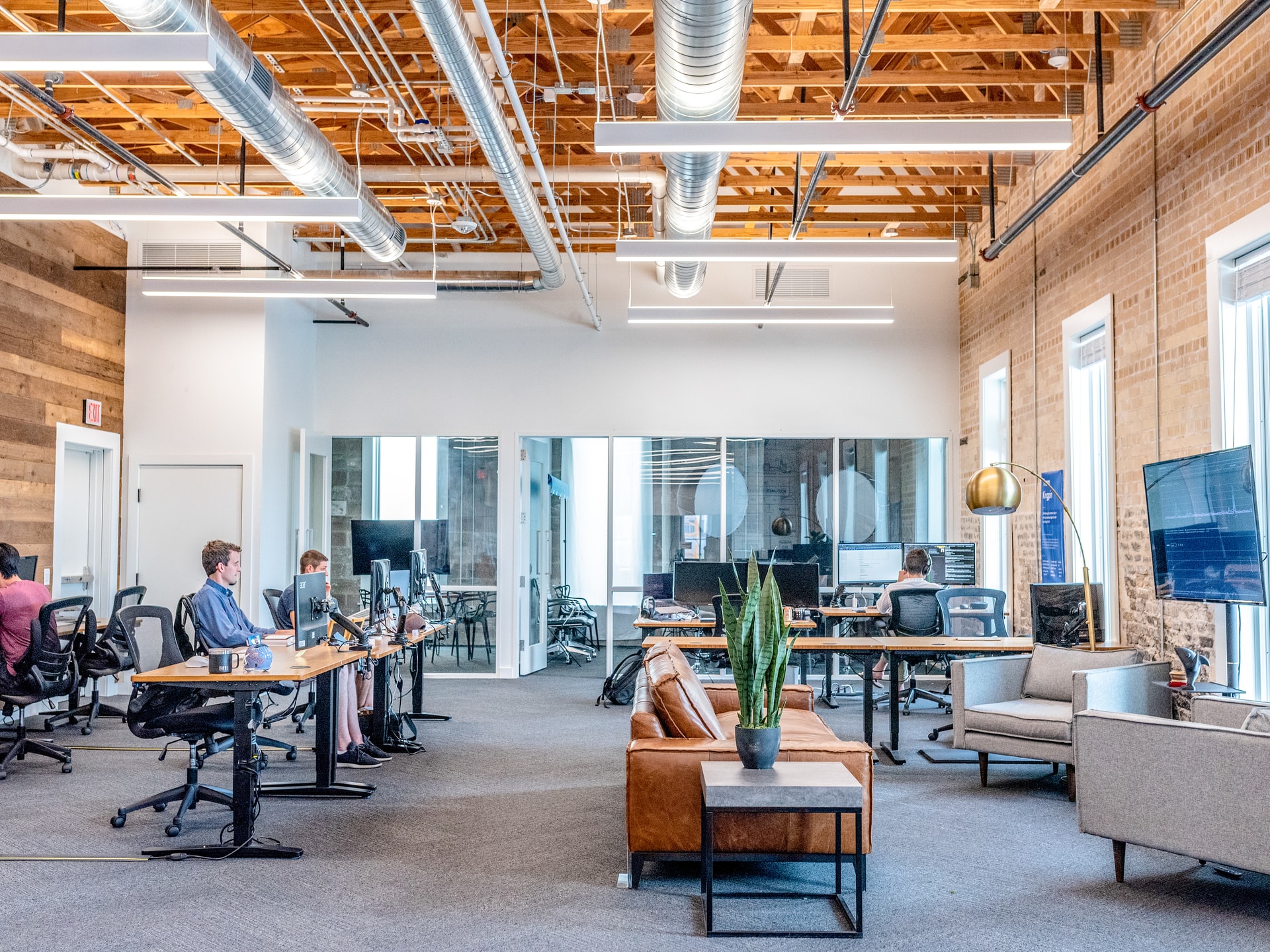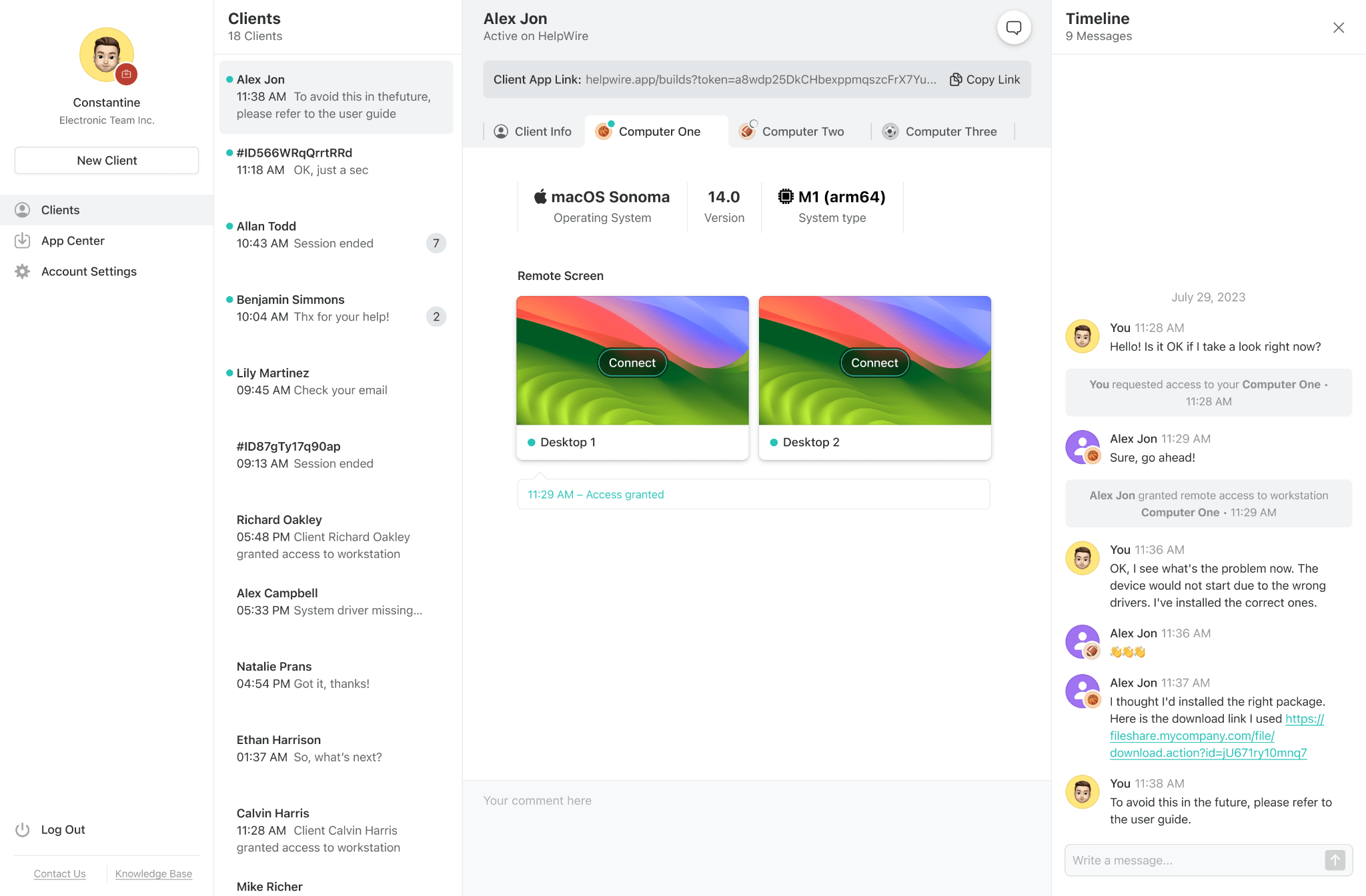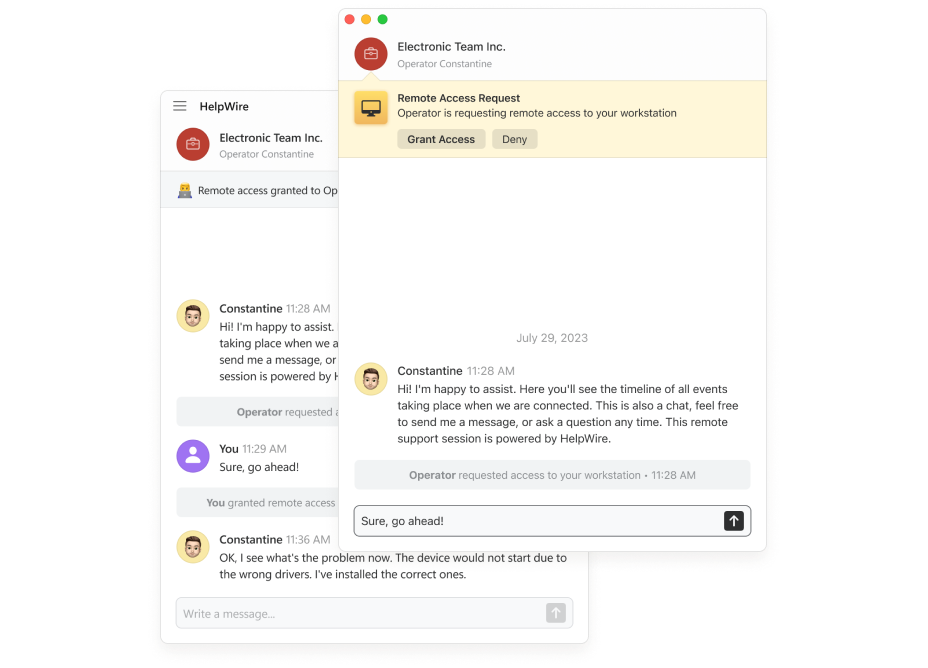Digital technologies and consumer behaviors are changing fast, and so is the advertising industry. According to a study conducted by BCG and Google, data-driven marketing has the potential to significantly enhance business performance, resulting in an increase of up to 50% in online transactions and a 33% increase in return on ad expenditure.
This is a clear indication of the potent impact of the demand-side integration solution. As audiences access online content through various devices and channels, advertisers and publishers have new ways to connect and interact with them.

Discover hero — the ultimate solution for demand integration. This innovative tool allows you to manage multiple traffic sources from one platform, saving you time and hassle. You can also automate, optimize, and track your performance with advanced analytics. Demand integration is not a luxury, it’s a necessity. Hero makes it affordable, easy, and secure. Find out how it can boost your business below.
How Demand-Side Integration Solutions Revolutionize Advertising
Demand-side integration solutions emerge as transformative catalysts in the advertising arena. Picture it as unlocking myriad doors to potential customers across diverse channels and devices, exponentially expanding reach. Guided by data-driven strategies and real-time optimization, it transcends merely hitting the target — it’s about consistently hitting the bullseye. Furthermore, it adeptly slashes support costs, eliminating the need for multiple integrations while effortlessly overcoming technical hurdles.
Implementing demand-side integration solutions within advertising signifies a strategic paradigm shift. It revolves around harmonizing customer needs and brand capabilities, crafting a seamless experience across channels, platforms, and touchpoints. The focus is on delivering tailored, personalized messages that resonate with customers’ goals and values.
Several noteworthy examples illustrate the impact of demand-side integration options in advertising:
1. Behavior-Driven Ad Customization
Utilizing data and analytics to segment customers based on behavior, interests, and needs. Subsequently, ads are tailored for each segment, featuring customized content, offers, and compelling calls to action.
2. Amplifying Brand Messages through Social Engagement
Leveraging social media, influencers, and user-generated content to amplify brand messages. This not only engages customers on an emotional level but also encourages them to share their feedback and experiences, creating a community around the brand.
3. Interactive and Immersive Ad Experiences
Creating immersive ads that transport customers into virtual or augmented reality environments. Additionally, incorporating gamified challenges or quizzes enhances customer learning and enjoyment, forging a unique and memorable interaction.
4. Cross-Platform Integration for Enhanced Context
Seamlessly integrating ads with various digital platforms and devices, such as smart speakers, wearables, or connected cars. This integration provides contextual information, recommendations, or assistance based on customer location, activity, or mood.
The profound impact of demand-side integration methods lies in reshaping advertising into a customer-centric, relevant, and engaging landscape. These solutions facilitate the construction of trust, loyalty, and advocacy among customers, driving increased conversions, retention, and lifetime value. Beyond that, demand-side integration empowers brands to stand out from competitors, adapt to evolving customer expectations, and navigate shifts in market trends.
Benefits of Demand Side Integrations
One of the methods by which advertisers can establish communication with publishers and reach their intended audiences is through demand-side integrations, a form of programmatic advertising that employs white-label advertising platforms, such as SmartHub, to facilitate the acquisition and disposition of ad space. The point is about software solutions that can be customized and branded by advertisers to suit their specific needs. Some advantages of using white-label advertising platforms for demand-side integrations are:
- They give advertisers more power and visibility over their ad campaigns and traffic sources.
- They help advertisers reduce costs and save time by eliminating the need to develop and maintain their own technology infrastructure.
- They allow advertisers to offer a complete set of services to their clients, such as display, video, native, and mobile advertising.
- They enable advertisers to access a large network of publishers and inventory across various channels and formats.
- They provide advertisers with sophisticated features and tools for targeting, optimization, analytics, and reporting.
Imagine a tool that acts as your advertising Swiss Army knife — this is demand side integration options. It seamlessly blends with different ad formats like video, banners, native, and push advertising. And the perks? Access to premium traffic sources, laser-focused targeting options based on location, device, and audience specifics, plus crystal-clear reporting and analytics. It’s the efficiency booster for managing multiple campaigns effortlessly.

Choosing a Reliable White-Label Advertising Platform
Now, imagine having a canvas where you wield complete control over your advertising realm. Enter the white-label advertising platform. It’s not just another platform; it’s your personalized billboard. Tailored branding, full resource control, and integration with third-party tools to boost functionality — all in one place. But how to choose? Consider experience, industry reputation, service quality, security compliance, and flexible pricing.
Within the realm of white-label platforms, those seamlessly incorporating these integrations — e.g. SmartHub — stand out. Their ability to harness the power of header-bidding, Prebid.js, OpenRTB, and JS tags ensures a cohesive, transparent, and automated advertising experience, promising control, customization, and robust functionality for advertisers seeking a competitive edge. Some demand integration solutions that SmartHub provides are:
Header-bidding:
- Allows multiple demand partners to bid simultaneously, fostering a fair auction.
- Boosts publisher earnings by selling to the highest bidder, enhancing user experience.
- Enables faster ad loading and improved aesthetics. Learn more about it on Pablift
Real-time bidding:
- Facilitates instant, automated ad buying and selling in an open marketplace.
- Targets audiences based on location, device, behavior, and context, saving time and money.
- Ensures optimal ad-user matching at the right moment.
Pre-bid.js:
- A code streamlining header-bidding integration with diverse demand partners.
- Facilitates customizable bid options, simplifying implementation on any ad server or platform.
OpenRTB:
- Governs communication between demand-side and supply-side platforms.
- Enhances real-time bidding with standardized language and data exchange for improved performance. Detailed information available on the IAB Tech Lab OpenRTB Standards page.
By using these demand integration solutions, white-label advertising platforms can help ad exchanges adapt to the changing advertising landscape and maximize their ad revenue potential. They can also help ad exchanges provide better value and service to their clients, both advertisers and publishers, by offering them more control, flexibility, and transparency over their ad campaigns.
Conclusion
To sum up, demand integration is more than a trendy term; it is a powerful tool that transforms advertising standards. It makes campaigns more efficient, secure, and flexible, combining different traffic sources into a unified force. Choosing demand-side integrations solvent allows access to high-quality traffic, accurate targeting, and streamlined analytics. For those who want full control and integration, the white-label advertising platforms like SmartHub offer a complete solution to cope with the changing advertising environment. The ball is in your court!



















